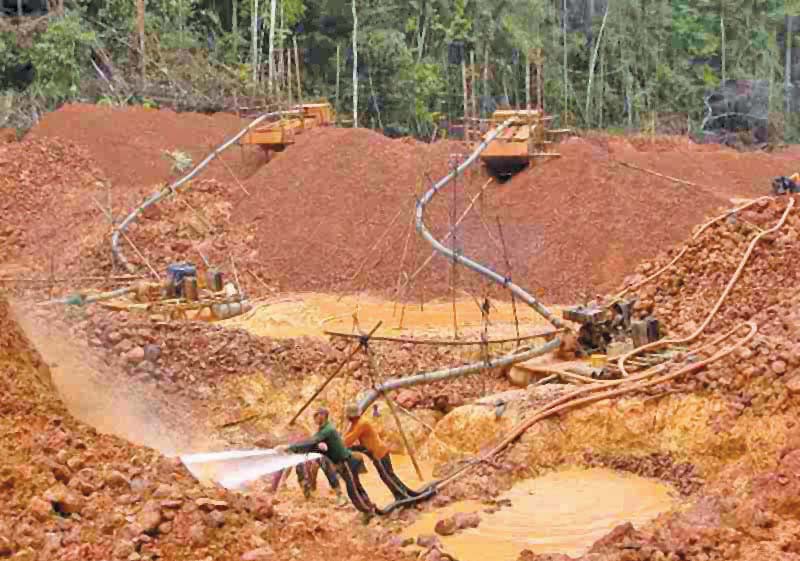Sector in Focus Mining Gold and Natural Resources
Post on: 1 Июль, 2015 No Comment

The megacap miners are the biggest FTSE risers, while investors are snapping up their minor AIM listed counterparts
Berkeley Mineral Resources (BMR ) was the single most popular AIM stock among ISA investors this week. Companies listed on the alternative investment market could be bought to be held inside the tax-efficient wrapper for the first time on Monday, and it is mining and energy stocks that have proved the most in demand.
This is surprisingly considering the volatility in the sector — and the fact that even the best active managers have failed to beat the market over the past 18 months.
Since they hit record high value in December 2010, both the BlackRock Gold & General fund (rated Gold by Morningstar) and Investec Global Gold (rated Bronze ) have lost 60% of their value to today. Gold funds may have done well for the month of July — but year to date they are among the biggest losers.
It is not just the precious metal miners who have floundered either. JP Morgan Natural Resources (rated Bronze ) has lost a fifth of its value so far this year, and Franklin Natural Resources has significantly underperformed the index for the past two and a half years.
One of the worlds largest mining companies, Rio Tinto has been in the news a lot this week: the Australian government failed to collect any mining tax of the megacap in what should have been the first financial year of the controversial tax. But the good news was dampened by Rio’s half year results which revealed pre-tax profits of $1.7 billion, down from $5.8 billion during the same period last year.
Analysts currently rate Rio Tinto (RIO ) with four stars — meaning they consider it to be undervalued, and therefore a potential buying opportunity.
Australia-based Morningstar analyst Mark Taylor said at AUD $59.50 per share (3,120p per LSE share), Rio remains meaningfully undervalued.
This week the company confirmed plans to expand its iron ore capabilities in Australia despite a slowdown in demand from China.
Morningstar analyst Daniel Rohr said that China will dictate who the winner and losers in the natural resources sector will be.
China’s investment-led growth model is exhausted. Moving to a consumption-led economy will be harder and riskier than most expect, he said.

GDP growth in this rebalancing act is likely to disappoint, averaging no more than 5%. For natural resources, China’s rebalancing act will be the defining development of the next decade, just as its investment boom set the tone for the last.
The mining industry has relied on China’s consumption of iron ore and copper over the past decade. Analysts say the gravy train is over for these types of commodities.
The super-cycle is done for investment-oriented commodities like iron ore and copper, said Rohr. The outlook is better for consumption-oriented commodities like palladium and potash.
Soft commodities will do well — as agricultural inputs will escape relatively unscathed, and will come out looking like a winner compared with other basic resources he concluded.
This is not so say that all miner should be written off. Elizabeth Collins, Morningstar equity analyst said that the general lack of enthusiasm for basic materials companies outlooks means that we could see more opportunities to invest in producers whose long-term profits are protected by economic moats, or sustainable competitive advantages.
If investors expectations overshoot to the downside, we anticipate more chances to invest in cost-advantaged commodity producer shares, she said. For example, weve recently seen shares for Vale (VALE )the Brazilian iron-ore mining giantdrift lower relative to our fair value estimate. This is a company wed be very interested in at the right price, given its cost-advantage-based narrow economic moat.














